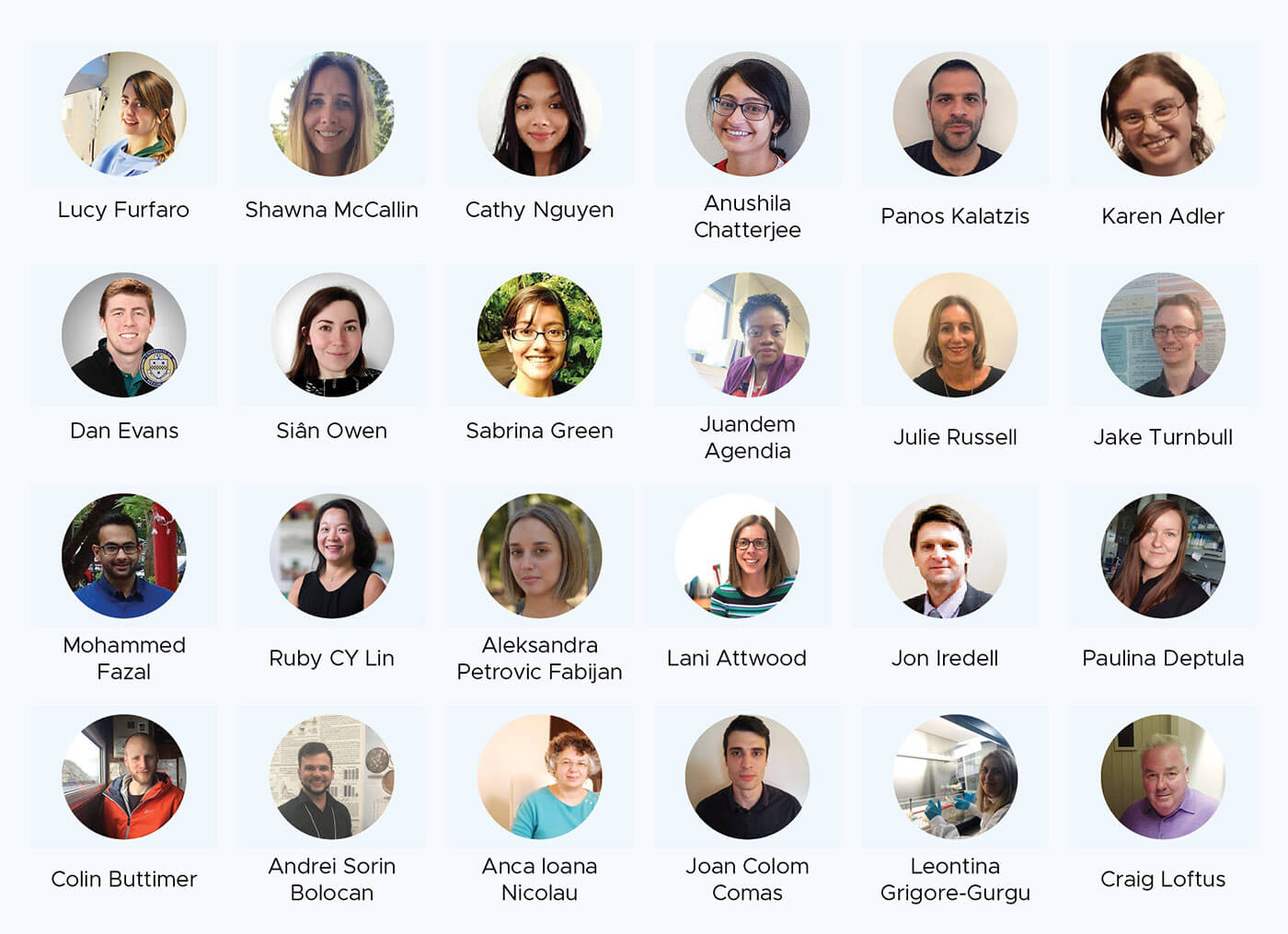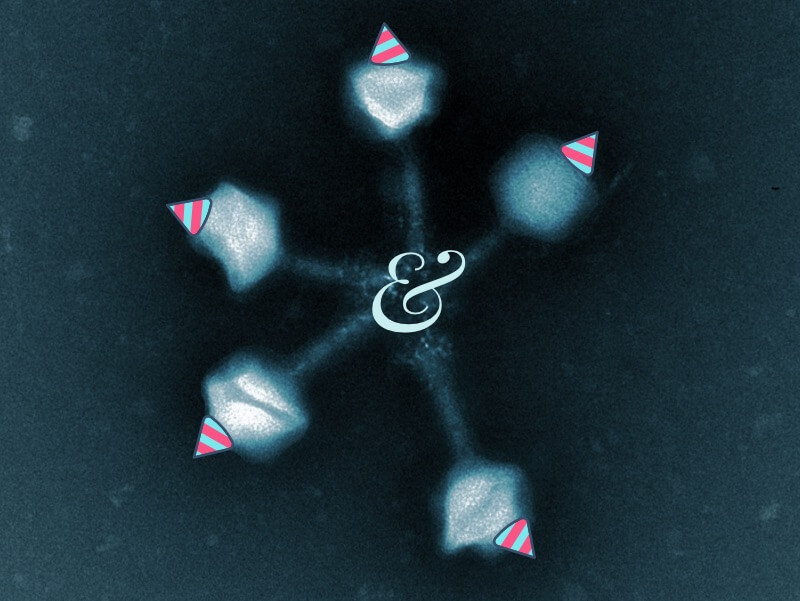We’ve been publishing Capsid & Tail for a year now, and while some of you have been here since the early days, we know many of you have found us relatively recently. So this week, we’ve gone through our archive to dig up some of our favourite issues (and some of our audience’s!) from some key categories we’ve covered over the past year.
When patients need phages
Phage Directory started as a way to help source phages for compassionate use cases. We’re proud of the work we’ve done to help physicians and researchers access phages for patients (our policy on this here). You can read about one of these cases in the two-part series we wrote here: part 1 and part 2. If you want to know what it’s like to help, we also interviewed some of the labs that offered phages in response to one of our alerts. Outside of what we do to source phages, we also covered phage access in India in an interview with Pranav Johri of Vitalis Phage Therapy, and how the Queen Astrid Military Hospital in Belgium processes requests for phages.
Phage therapy case reports
We’ve covered a few different phage therapy case studies, and plan to continue doing so. So far we’ve covered polymicrobial musculoskeletal infections (four patients in Belgium, a patient in Israel) and a patient with a disseminated Mycobacterium infection in the UK.
Phages and intellectual property
A popular topic we’ve covered several times has been intellectual property and phages. We did a four-part series on phage IP, including patents (part one, part two), trade secrets and government incentives.
Regulating phage therapy
We’ve published two guest articles so far on the regulatory landscape when it comes to phages (this one by Dan Evans, and this one by Ruby Lin and colleagues). We also gave a rundown of Belgium’s new way of regulating phage therapy (the magistral framework) and how the US regulates compassionate phage therapy. We broke down the Declaration of Helsinki as it applies to treating people with phages compassionately, and got into the rules governing who owns phages in an article on the Nagoya Protocol.
Commercializing phages
We’ve covered this topic through recaps of the Phage Futures US conference (here’s an overview and here’s an in-depth report). (Stay tuned for our Phage Futures Europe recap, coming soon!). In addition, guest author Cathy Nguyen covered phage diagnostics, we interviewed Assaf Oran of BiomX on their company’s progress toward making phage products to tweak the microbiome, guest author Panos Kalatzis covered phages in aquaculture and we covered a phage trial done in poultry.
Phage banks
A topic we’re really excited about is phage banks; how does phage sharing work, and who’s facilitating it? We published an overview of what the main phage banks around the world are doing, interviewed a group of NCTC scientists about their phage bank re-launch, and dove into how the DSMZ in Germany is navigating the Nagoya protocol, which governs how phages can be shared.
Phage research
We’ve enjoyed covering phage research papers, especially those that cover useful methods that might help other labs, like this one on using zebrafish as a phage therapy model and this one on evaluating phage-host coevolution. If you want a rundown on current avenues in phage research, our Evergreen phage conference recap is a good place to start.
Phage bioinformatics
Bioinformatics is something we’d like to get into more in the future (prospective guest authors, we’d love your help!). So far, we’ve covered a paper on standards for reporting uncultivated viral genomes and published recaps on two phage ‘omics-related workshops: the OSU Viromics workshop 2019 (by Anushila Chatterjee) and a phage annotation workshop with Galaxy.
Emerging areas for phages
We’ve had a couple of excellent intros to new fields where phages are becoming part of the conversation: phage therapy in the gut (by Sabrina Green) and phage therapy for pregnant and new mothers (by Lucy Furfaro). We hope to have more articles like these, both in the sense of looking at emerging areas of research and development for phages, and because we love when guest authors give a window into their fields/projects!
Conference and workshop recaps
We really like doing conference recaps, and especially love when others report back on the events we have to miss! This year, we published recaps of Phage Futures Congress 2019, the OSU Viromics workshop 2019 (by Anushila Chatterjee), ASM Microbe 2019 (by Sian Owen), PhageUGAL Summer School (by Colin Buttimer and colleagues), the Evergreen Phage Conference 2019, and a pre-Evergreen workshop on phage annotation with Galaxy.
Fan favourites
Some of our most-read articles (based on open rates of emails on that week) have been Issue 8: Belgium’s new brand of phage therapy, Issue 22: Collaboration leads to phage therapy success, Issue 35: Regulating phage therapy: Let’s build a foundation for our future, and Issue 41: Finding a phage community on Twitter. That said, we see the open rates of past articles gradually creeping up over time, so people do seem to be going back and reading past articles!
Can you teach the phage community something? Want to highlight an aspect of your research?
We love short, conversational articles that dive into a topic that’s relevant to the phage community. If you’d like to sign up for a slot, do so here! We’d love to have you as a guest writer.
Many thanks to our guest writers so far!

Thanks to all our guest writers to date! To read their articles, visit our Capsid & Tail archive.







